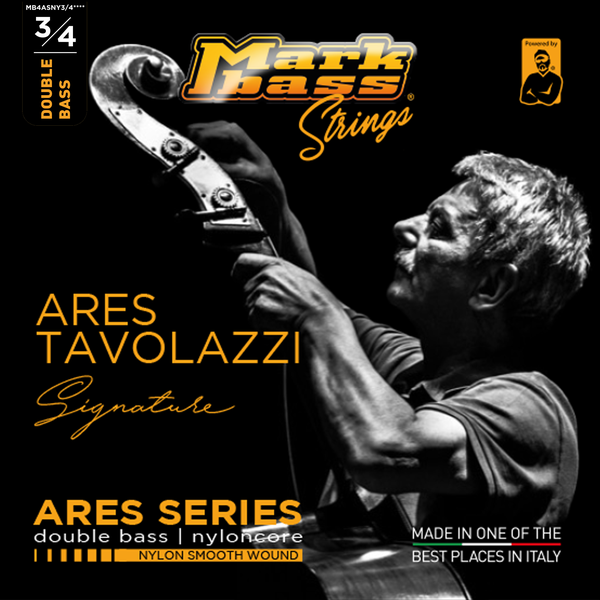Strings
String technology has advanced so much since the time of Gut, Modern strings use a variety of materials such as chrome, cobalt, Nylon, steel all of which provide the player with different feels and tones. Here at The Bass Shop we have access to wide variety of strings for Double bass, Electric bass, and cello. Selecting the right string is as individual as the setup and equally as important.
Not sure what you are after? we can assist you in picking the right string for your needs. Any string purchased with us can be installed for you at no extra charge.

